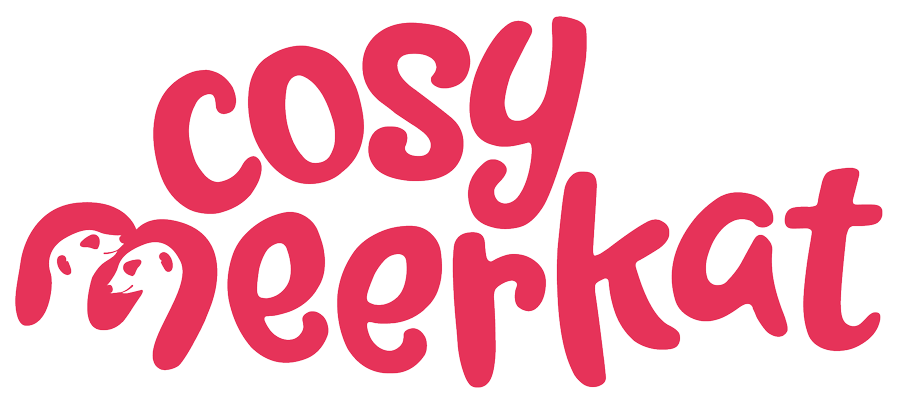Generative AI - a secret weapon for IC pros?
“It’s like it’s 1993 and we’re being told to prepare for the internet - this is a revolution of that scale. Generative AI is not only a combustion engine for content creation, communication and creativity, but also all knowledge work. I think that it’s probably going to be more of a revolution than the internet, Cloud and the smartphone, in part because, over the past 30 years those digital revolutions have already laid the physical and digital infrastructure for this to be deployed seamlessly, often as a software.”
Nina Schick, author, advisor and speaker on Generative AI
A few weeks have passed now, and the dust has settled on what was a brilliant Simply Conference at the end of May. Our minds are now slightly less boggled too, by what seemed to be one of the leading themes of the two days: AI.
The Simply keynote was presented by Nina Schick, a Generative AI Expert, talking around – AI: Friend or Foe? She began by impressing upon us that AI was so incredibly pertinent to our roles in IC, and that we were entering a new stage in machine and human evolution that will change the way we live, work and communicate. It might even change what it means to be human.
Mind. Boggles. Right?
Now we all know AI has been BIG, HUGE news – it’s exploded with a bang and it’s set to stay. But what really is Generative AI?
It’s a new type of AI, thanks to advances that are less than ten years old. We’ve actually seen traditional AI for a good while in things like facial recognition, autonomous vehicles and advanced searches – that’s about labelling and classifying data. Generative AI is about generating or creating new data.
Since 2017 we’d know AI mostly from deepfakes, which were the first form of viral generative AI. When it became possible for generative AI to create something new, the internet seized upon it and started making funny, compelling memes. Remember Nicholas Cage? (As Clinton, as Trump, as Yoda?), and there’ve been many, many more since. Synthetic content at its best.
The capabilities of generative AI have been improving exponentially year on year and last year was a breakthrough year with lots of new models coming to the fore. Nina explained that it was Stability AI that really changed the game by releasing an open source model in August 2022. Within weeks millions were playing with it and it changed the entire ecosystem of this one model of AI. By March 2023 we were already seeing campaigns with AI generated assets – like this one from Coca-Cola.
And AI generated content can come in all forms; audio, video, text and images. Chat GPT came out in November last year, and while it took Netflix 3.5 years, Twitter 2 years and Instagram 75 days to reach 1 million users, it took Chat GPT just five days. FIVE.
Nina went on to say that it became very clear very quickly that Generative AI was not just for content creation and creativity. It’s about: instruction, efficiency (where it’ll impact our industry - automating parts of workflows) and entertainment. What’s the potential disruption to the labour market, I hear you ask? A recent study by Open AI (the creators of Chat GPT) with the University of Pennsylvania predicted that 80% of the workforce will be impacted by large language models alone. This is huge - not necessarily all negative, but easy to jump to conclusions that 80% of the workforce will become robots.
Of course I’ve since asked Chat GPT: How can internal communications and AI work together to create a better employee experience?
And this is what it said…(shortened down, there was a lot of info, so do give it an ask!)
‘Internal communications and AI can work together to create a better employee experience by leveraging AI-powered tools and technologies to enhance communication, collaboration, and engagement within an organisation. Here are some ways they can be combined:
1. Personalised Communication - AI can analyse employee data and preferences to deliver personalised internal communications.
2. Intelligent Chatbots - can be deployed on internal communication platforms to provide instant assistance and support to employees.
3. Virtual Assistants - can integrate with internal communication tools to provide quick access to information and streamline workflows.
4. Sentiment Analysis - AI can analyse employee sentiment through natural language processing and machine learning techniques.
5. Collaboration and Knowledge Sharing - AI can enhance collaboration and knowledge sharing by providing intelligent recommendations and suggestions.
6. Analytics and Insights - AI can process large volumes of data from various sources, including internal communication platforms, and generate actionable insights.
However, it's important to strike a balance and maintain a human touch in internal communications. AI should complement human efforts rather than replacing them entirely. Organisations should also prioritize data privacy and security when implementing AI-powered internal communication solutions to maintain trust and confidentiality.’
Fascinated and terrified in equal measure? Me too. But, I obviously like the idea of AI complementing human efforts rather than replacing them entirely. You never know, Generative AI might just be the secret weapon we didn’t know we needed.
Do follow us on our learning journey - we’re eager to explore how IC and AI can work alongside one another to do brilliant things. More on this as we go!

